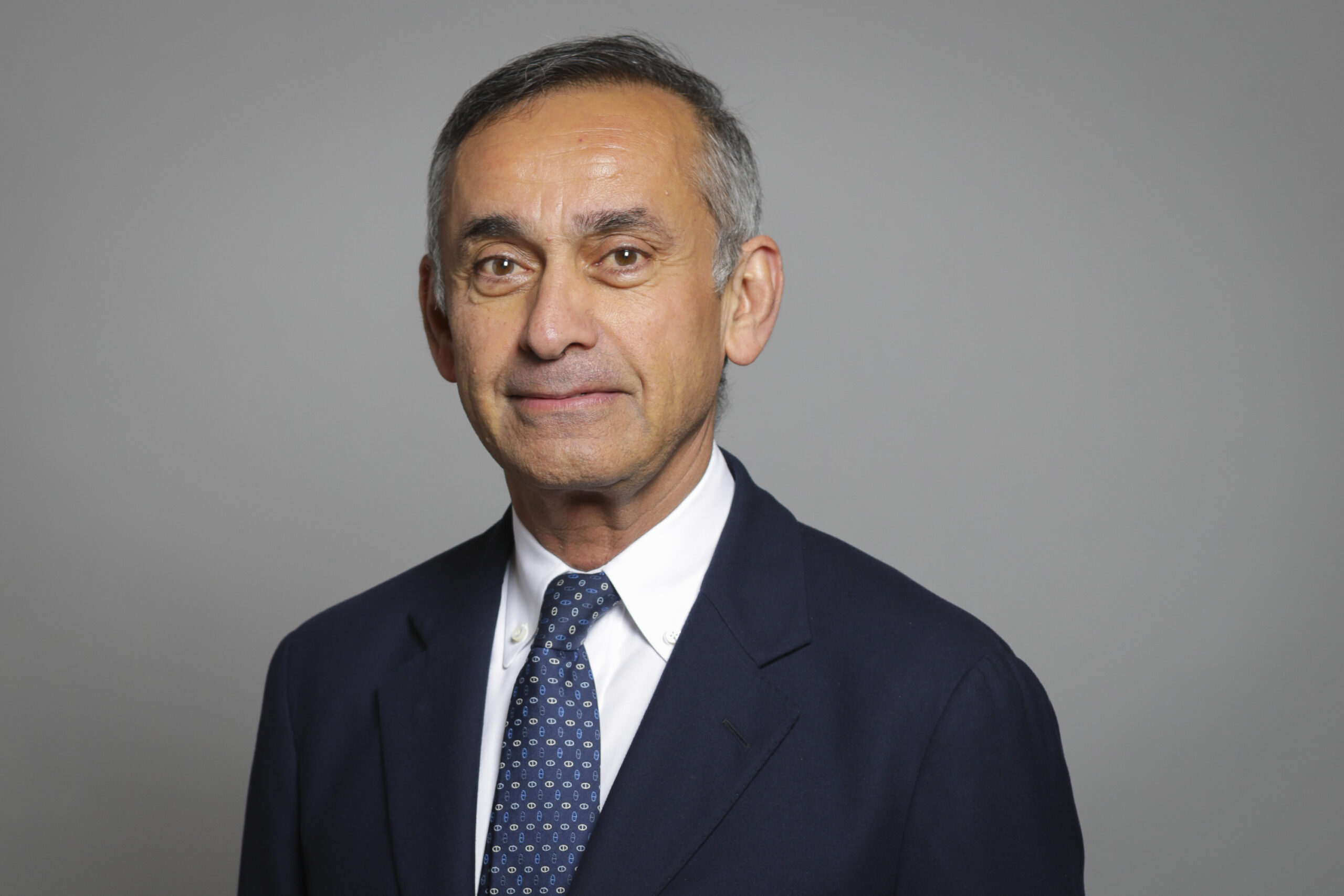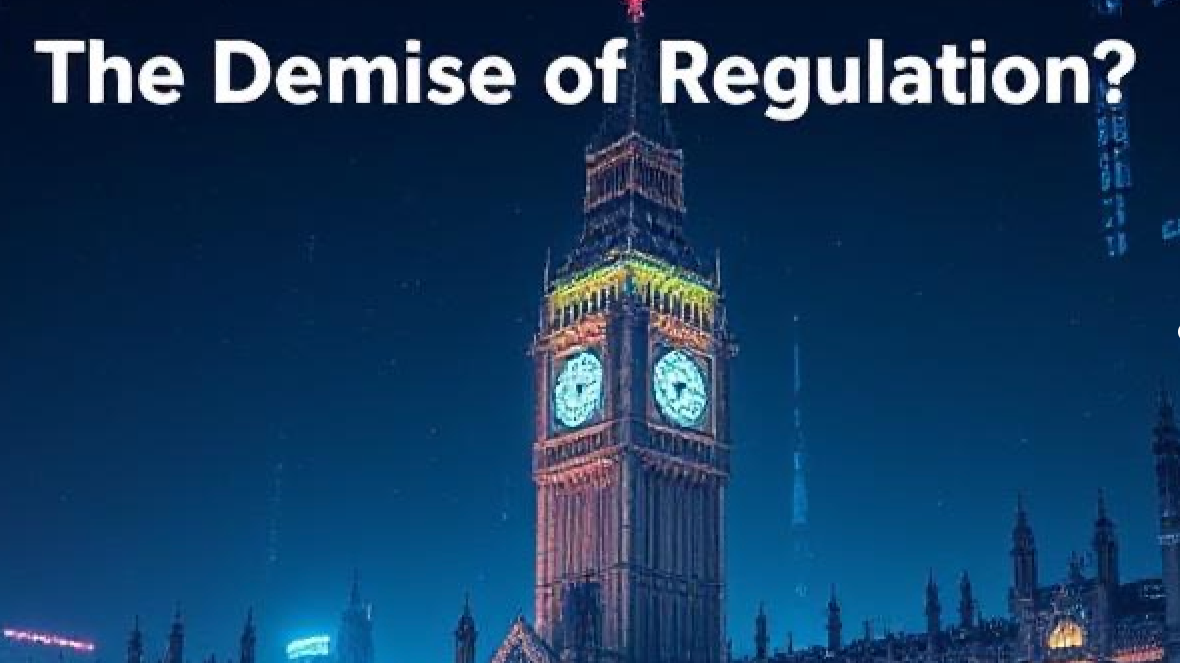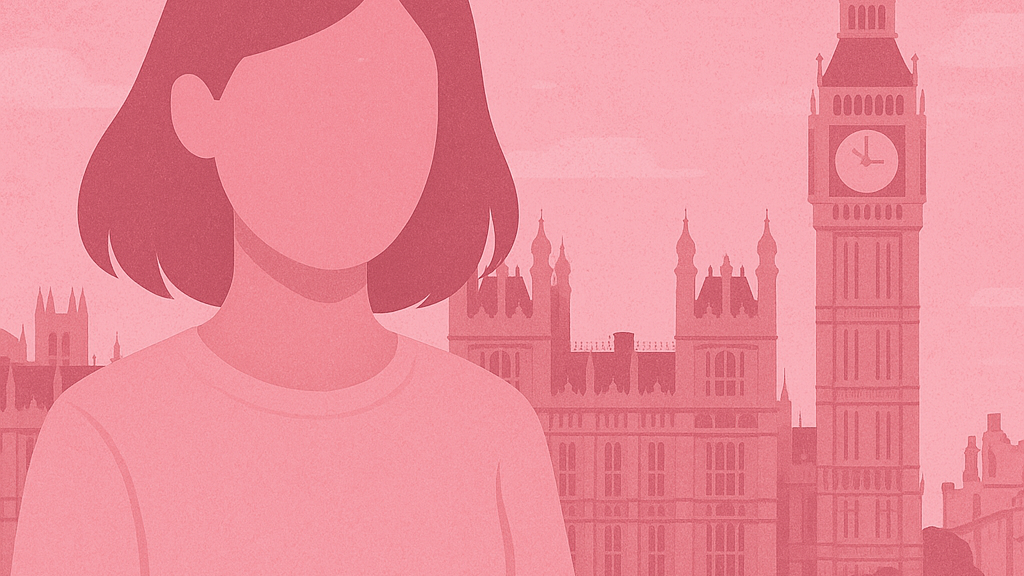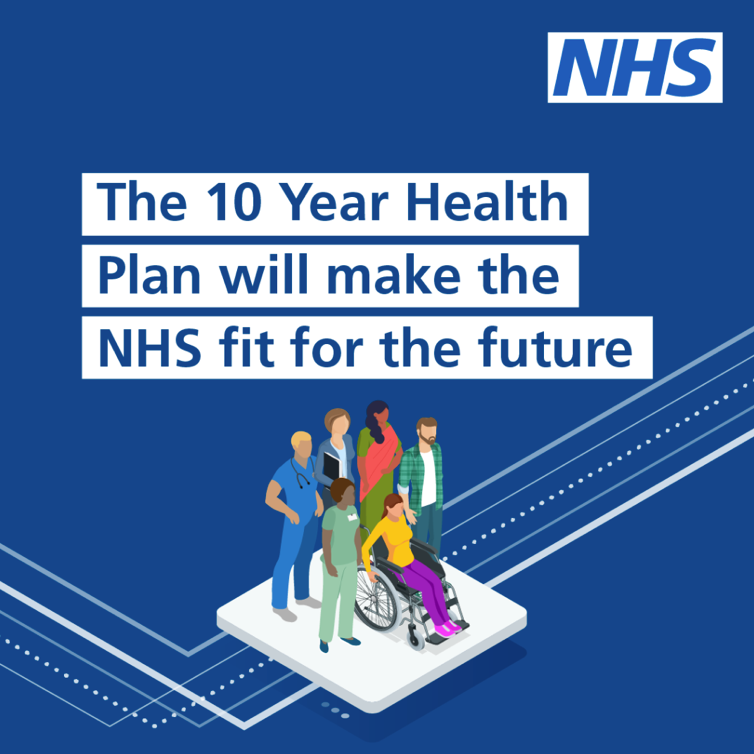

After days of drip-feeding highlights to the media, Lord Darzi’s report on the state of the NHS in England was published in full on Thursday, 12th September.
The week started out with details of the poor state of children’s health, with early data revealing: an increase in mental health referrals; longer waiting times for children in A&E; emerging health issues, including rising ADHD diagnoses and increased obesity rates; and falling vaccination rates. On Tuesday, the Financial Times reported that Lord Darzi will reveal England spent nearly £40 billion less than peer countries on health infrastructure since the 2010s, while The Times reported that NHS technology is 15 years behind the private sector.
Building on the above speculation, and whispers from within our network, the results from the report have proven to be as dire as anticipated. Lord Darzi’s analysis confirms that our predictions (and those of other organisations and media outlets) were accurate, and that urgent action is required to meet rising demands.
The health service, as well as the general health of the population, has undergone considerable impact, with the report showcasing inequalities and deficits in patient access, quality of care and overall system performance. Top line figures show more than 1 million people waiting for community services, and 2.4 million waiting for hospital procedures. Delays in diagnosis and wait times have increased for cancer, leaving the NHS with some of the worse cancer survival rates in the Western world. Capital investment has also been targeted – maintenance, technology and equipment backlogs have been reported, and mental health facilities have been likened to Victoria-era rat-infested cells. Lastly, although the UK is a leader in gene therapy, only 60% of genomic tests are being completed on time.
Sir Keir Starmer today faced the country to announce a three-tiered approach moving forward – reform, digitalise, and bring care into the community. But with change comes the need for financial commitment, something the Prime Minister has said will only become available when reform is possible. How much and when it will be available is still up for debate, as the country looks forward to the Autumn Budget Statement and longer-term spending review. It is also unclear how waiting lists will be addressed until reforms are underway.
To mirror the report’s language, the diagnosis has been done – albeit in a rapid nine weeks. Now it’s time for the treatment plan. The review and its findings will inform the new 10-year plan for the NHS – which comes nearly five years into the current 10-year Long Term Plan – and the Prime Minister and Health Secretary could not be clearer that the way forward will be forged in partnership with NHS staff and patients, built together for the future.
As we gear up to party conference season kicking off this weekend, as well as the expected “painful” Autumn Budget Statement in October, we look forward to seeing further reactions to the report and how its recommendations implemented. Stay tuned for further analysis.
Image credit: https://members.parliament.uk/member/3779/portrait




